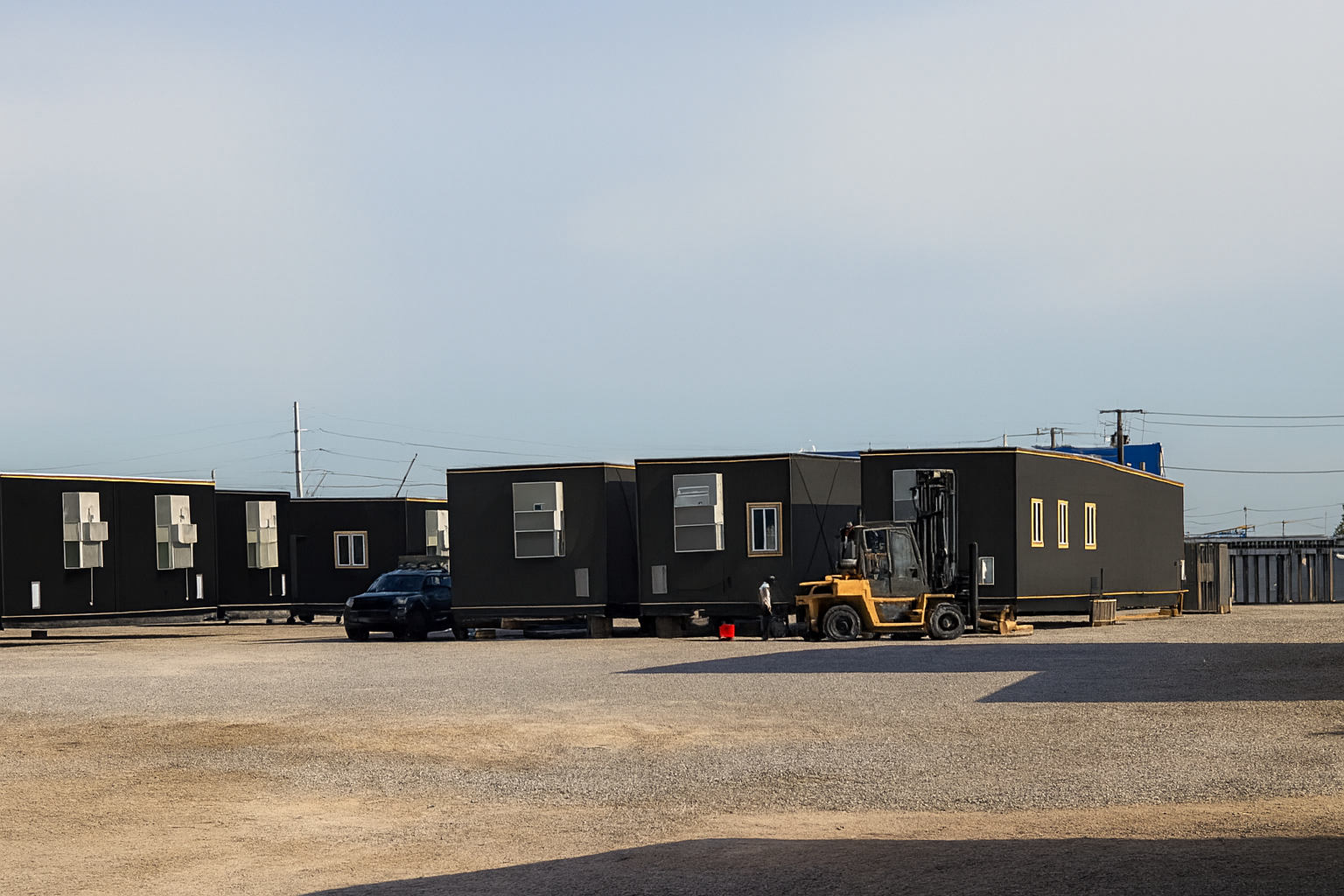
Eco-Friendly Innovations in Home Remodeling and Construction Apr 15, 2025
The movement towards eco-friendly home remodeling begins with the choice of materials. Sustainable building materials, such as bamboo, recycled steel, and reclaimed wood, are not only durable but also significantly minimize environmental impact. These materials often require less energy to produce and reduce waste, leading to a more sustainable construction process. Homeowners are increasingly opting for materials that are locally sourced to cut down on transportation emissions, further amplifying the eco-friendly benefits.
Energy efficiency stands as a cornerstone of green home construction. Upgrading insulation, installing energy-efficient windows, and opting for LED lighting are simple yet effective methods to enhance a home's energy performance. These improvements can significantly reduce energy usage, leading to lower utility bills and a more comfortable living environment. Additionally, integrating smart home technology allows homeowners to monitor and manage their energy consumption, ensuring that energy-saving goals are met effectively.
Water conservation is another critical component of eco-friendly remodeling. Implementing water-saving fixtures such as low-flow toilets and faucets can drastically cut water usage without compromising performance. Moreover, the use of greywater systems to recycle water from showers and sinks for landscape irrigation presents an innovative solution to reduce waste and promote sustainable living.
Solar energy investment continues to grow among homeowners looking to make a long-term positive environmental impact. Installing solar panels not only provides a renewable power source but also offers potential savings on electricity bills. Many regions offer incentives and rebates for solar panel installations, making it a financially viable option for those interested in transitioning to clean energy.
The design phase of a remodel is equally significant in achieving an eco-friendly outcome. Open floor plans that maximize natural light reduce the need for artificial lighting, lowering energy costs. Using light-colored materials for roofs and exterior walls can reflect more sunlight, reducing the cooling load on the home. Such design elements are vital in crafting spaces that are both beautiful and sustainable.
The role of eco-friendly innovations in remodeling extends to outdoor spaces as well. By incorporating drought-tolerant landscaping and permeable paving materials, homeowners can manage stormwater effectively and reduce irrigation demands. These practices not only benefit the environment but also increase the aesthetic appeal and functionality of outdoor areas.
Gold Label Construction takes pride in leading sustainable home construction endeavors. By aligning innovative practices with customer needs, the company ensures that each project not only contributes to environmental conservation but also meets the highest standards of design and functionality.
In conclusion, embracing eco-friendly innovations in home remodeling and construction is more than a trend; it is a responsible choice that aligns with global efforts to reduce environmental impact. By selecting sustainable materials, enhancing energy and water efficiency, and adopting renewable energy sources, homeowners can enjoy a modern, efficient, and environmentally conscious living space. Gold Label Construction remains committed to guiding clients toward greener solutions, combining innovation with sustainability for a better future.
/filters:no_upscale()/media/c03a627f-344a-4275-be19-e43791205cf6.png)
/filters:no_upscale()/filters:format(webp)/media/48e316a5-0d41-41b5-8432-8f5a9d114ab2.jpeg)